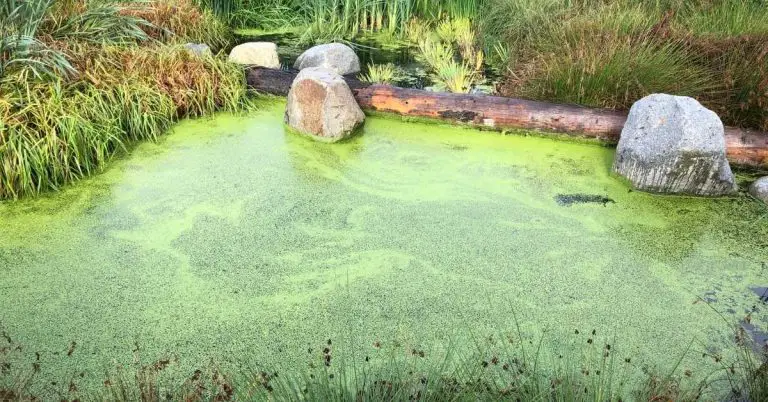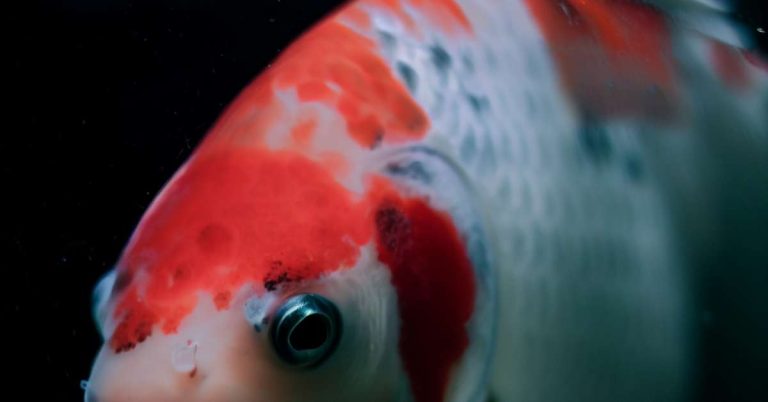Are Koi Fish Lucky? Unraveling Koi’s Symbolism and Significance
If you’ve ever stopped by a Koi pond to look at the shimmering bodies of the Koi below the surface, you’re not alone. However, these vibrant creatures, with their striking colors and unique personalities, are more than just a pretty fish to look at.
Koi fish are widely seen as symbols of good fortune, prosperity, and perseverance in both Feng Shui and traditional Japanese and Chinese cultures. But why are koi fish considered lucky? And does the number of koi fish matter?
Keep reading and we’ll get into all this and more.
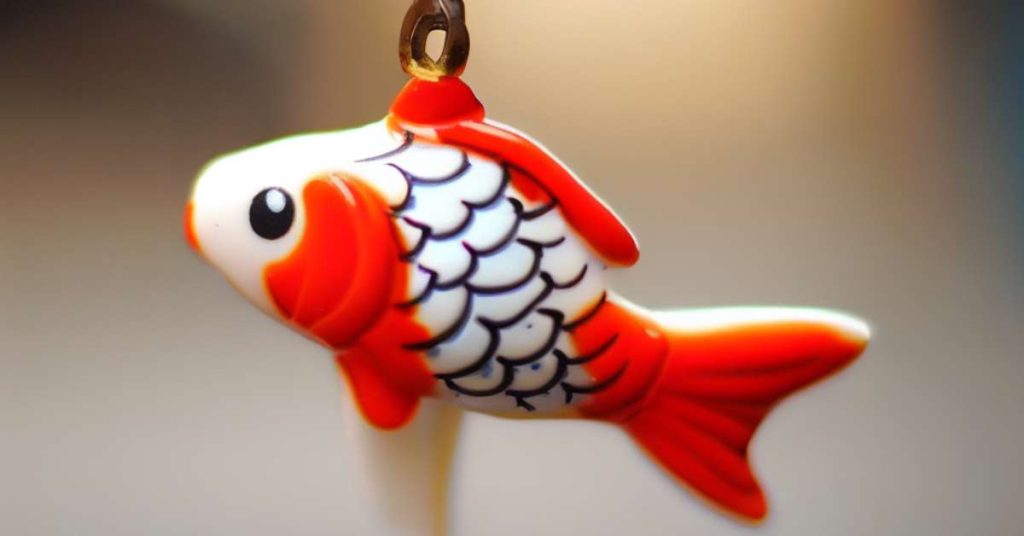
| Culture | Symbolism |
|---|---|
| Japanese | Strength and resilience in the face of adversity. Koi fish are also associated with good fortune and love. |
| Chinese | Abundance, wealth, and prosperity. Koi fish are often associated with success in business. |
| Buddhist | Courage, fearlessness, and individualism. Koi fish are seen as symbols of overcoming obstacles and achieving enlightenment. |
| Western | Beauty, peace, and serenity. Koi fish are often associated with serenity and calmness. |
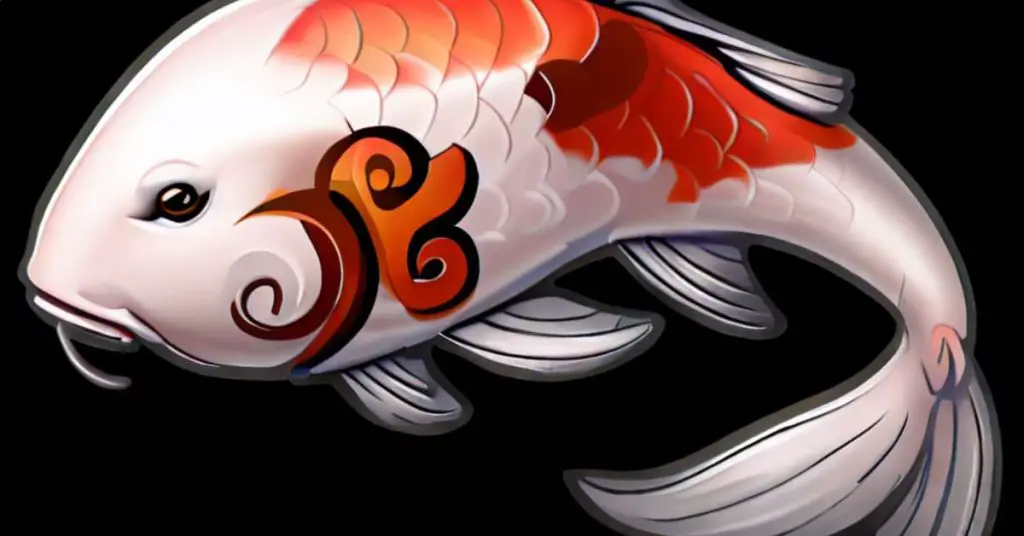
The Symbolism of Koi Fish Luck in Feng Shui
In Feng Shui (an ancient Chinese practice), koi fish are symbols of good fortune, success, prosperity, longevity, courage, ambition, and perseverance. Their vibrant colors and gentle movements in water are believed to generate positive energy, or chi, which encourages balance and harmony in the environment.
Koi fish are often associated with the Yin Yang symbol, representing the balance of opposing forces. For example, a pair of koi is often used as a good luck symbol for a happy marriage.
Different colors of koi carry different meanings. For instance, the Kumonryu black koi fish symbolizes life changes and transformations, while the Ogon silver koi fish symbolizes success in business and wealth.
Related Post: Best Places to Buy Koi Fish Online
The Symbolism of Lucky Koi Fish in Traditional Japanese Culture
In traditional Japanese culture, koi fish are revered for their strength and perseverance. They‘re often compared to samurai warriors, who are known for their courage and honor. This comparison comes from the koi’s ability to swim upstream against the current, symbolizing the overcoming of obstacles and the achievement of your goals.
Koi fish are also associated with love and beauty, making them a popular motif in Japanese art and design. Their bright colors and sleek bodies are believed to attract positive energy and good fortune.
Related Post: Can You Eat Koi?
The Role of Talismans and Amulets in Japanese Culture: The Lucky Koi Connection
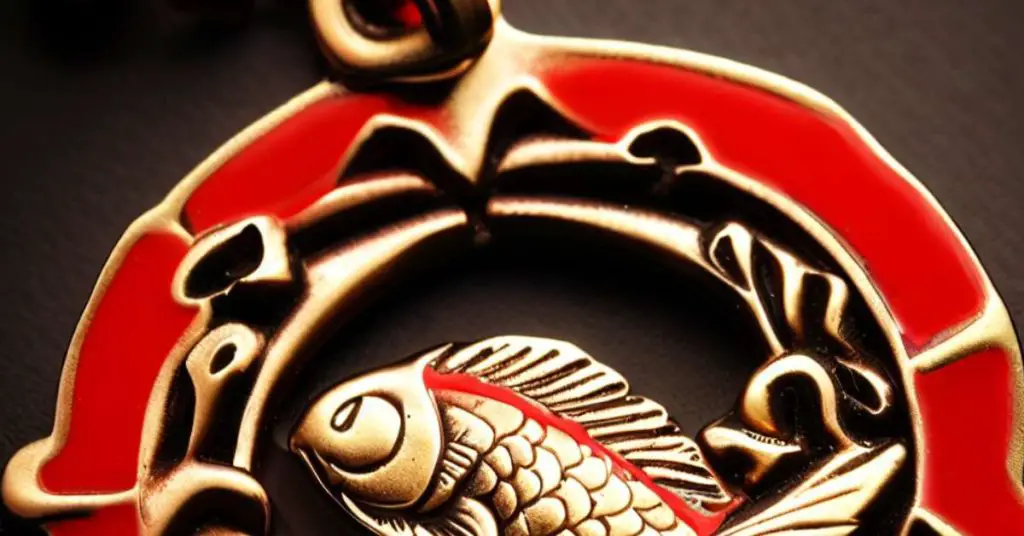
In Japan, talismans and amulets hold a significant place, and often associated with Shintoism and Buddhism. These objects are believed to be filled with “kami,” or “life energy,” which is basically anything in the world that inspires awe or virtue.
Koi fish can also be seen as a kind of living talismans, with their symbolism of perseverance and strength. Their natural drive to swim against the current mirrors the purpose of these spiritual tools—to help individuals overcome challenges and attract good fortune.
Just as talismans and amulets serve as a bridge between the physical and spiritual realms, the journey of the koi fish can be seen as a metaphor for our own journey through life, filled with obstacles, perseverance, and eventual triumph.
The Legends Surrounding Koi Fish
The symbolism of the koi fish is deeply rooted in a slew of ancient legends. One of these legends is the Chinese tale of the Dragon Gate.
According to this story, a koi fish swam upstream, overcoming all odds to reach the top of a mountain, where it transformed into a dragon, a creature of great power and good fortune in Chinese culture.
In Japanese folklore, koi fish are often compared to samurai warriors. This comparison is based on their shared traits of strength, honor, and the ability to face adversity. These stories reinforce the koi’s status as a symbol of perseverance and good luck.
The Significance of Koi Fish Numbers & Luck: A Deeper Dive
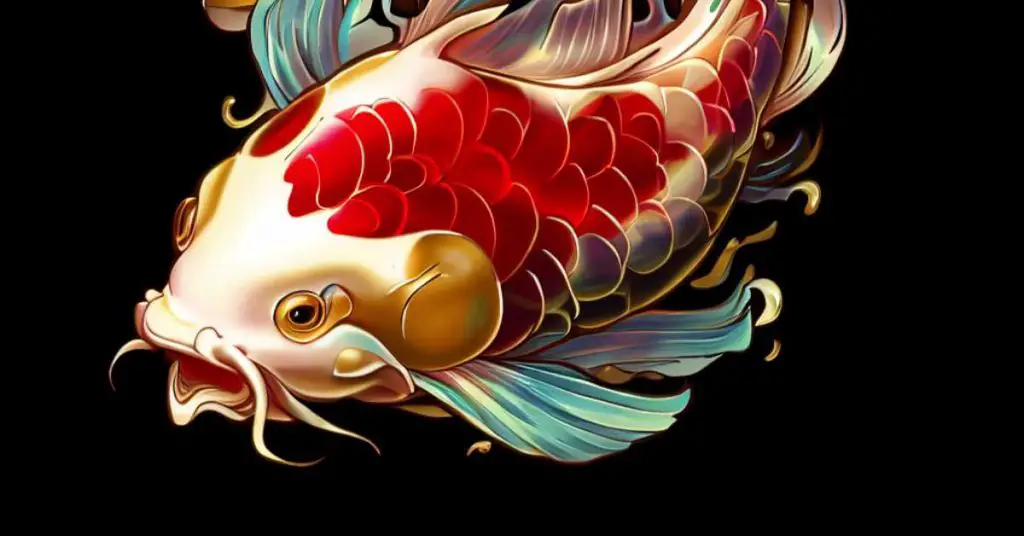
The number of koi fish depicted in a painting or a pond is not a random choice. Each number carries a unique meaning, adding another layer of symbolism to these already significant creatures.
- A group of two koi fish symbolizes harmony, love, peacefulness, and happiness. This pairing is linked with a happy marriage and represents the perfect balance of negative and positive energy.
- Three koi fish, on the other hand, represent energy, vitality, and overall well-being. This number is often associated with a harmonious family unit.
- When five koi fish are depicted together, they represent the Five Blessings: wealth, good health, long life, love, and a peaceful natural death. This number is a powerful symbol of a fulfilled and balanced life.
- Six koi fish are believed to symbolize the success and stability of your business, making this number a popular choice for entrepreneurs and business owners.
- Seven koi fish stand for togetherness, peace, and unity. This number is often associated with community and harmonious relationships.
- Eight koi fish are a symbol of prosperity and incoming wealth. In Chinese culture, the number eight is considered extremely lucky and is often associated with wealth and abundance.
- Nine koi fish represent unity, prosperity, and longevity. The number nine is a symbol of attainment and completion. In a group of nine, it’s common to see eight gold or red fish and one black fish.
- Black koi fish are believed to negate negative energy that enters your home and protects you from spiritual harm.
But keep in mind that the number four is typically avoided. In many Asian cultures, four is considered unlucky because it sounds like the word for “death” in certain languages.
Koi Fish in Art and Design
Koi fish are more than just lucky creatures that swim around in a pond, they also hold a prominent place in art and design. Their elegant looks and shimmering movements make them a popular subject for sculptors and tattoo artists alike.
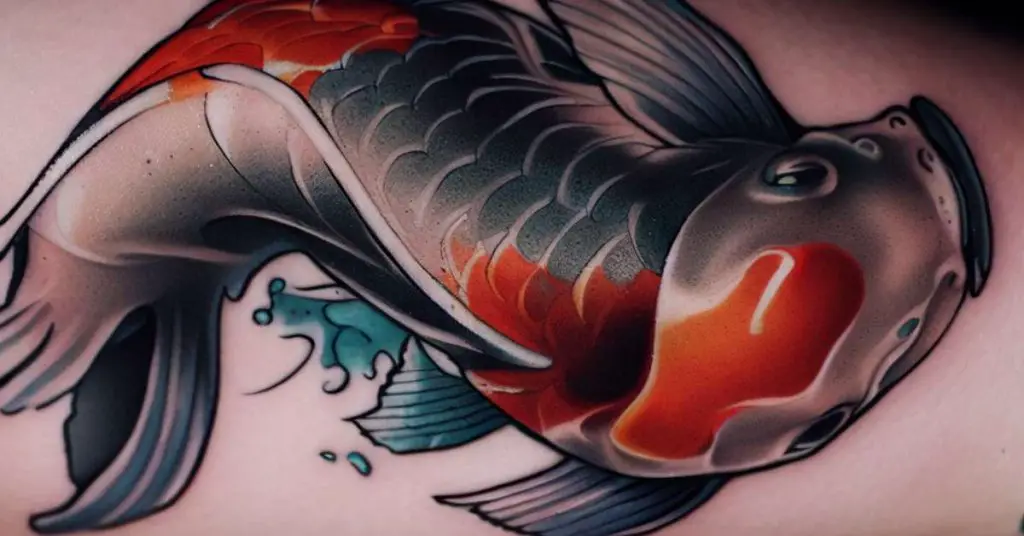
In Japanese tattoo art, koi fish are often depicted swimming upstream, symbolizing the struggle against adversity and the strength to overcome it. The tattoos often include other elements such as water, lotus flowers, or dragons, each adding their own layer of symbolism.
In paintings, koi fish are often depicted in groups, with each fish representing a family member. The colors and number of fish can be chosen to represent specific family members and their characteristics.
Final Thoughts
Koi fish aren’t just pretty looking fish—they represent good fortune, perseverance, and resilience in the face of adversity. These are things we can all use more of in these trying days.
So, the next time you’re looking at a koi fish painting or watching them swim in a pond, remember that there’s more to these fish than meets the eye. Koi are a reminder of the potential in all of us for good fortune and the strength to overcome challenges.
Are Koi Fish Considered Lucky?
In eastern cultures, Koi fish are considered a sign of perseverance, strength, and good fortune, as well as highly valued for the good luck they bring. Koi earned this reputation from their unwavering will to swim upstream.
How many koi fish are lucky?
In Japanese culture, having eight or nine koi fish is considered particularly lucky, as eight symbolizes prosperity and nine represents eternal good luck.


